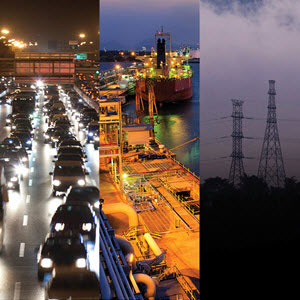NBR Special Report no. 89
Renewable Energy in Southeast Asia
This essay explores the current status and future role of renewable energy in Southeast Asia’s power-generation system, reviews obstacles to energy diversification, and analyzes specific policy successes and failures in supporting rapid deployment.
EXECUTIVE SUMMARY
MAIN ARGUMENT
The ten members of the Association of Southeast Asia Nations (ASEAN) are set to double their capacity for power generation through 2040 in order to meet projected increases in demand. Despite a shared renewable energy target of 23% by 2025, most countries in Southeast Asia are transitioning slowly toward modern renewable technologies. Policymakers in many ASEAN countries face the simultaneous challenges of expanding power generation to meet rising demand, improving electricity access and grid reliability, and deploying renewable energy technologies. Widespread perceptions that renewable energy is expensive and too technically complicated to integrate have slowed the transition to clean energy. However, these perceptions are increasingly at odds with price trends and on-the-ground experiences, and policymakers around Southeast Asia are beginning to respond to these market shifts. The rapid deployment of solar power in Vietnam and the experiences with geothermal power in the Philippines and Indonesia offer important lessons for scaling up the renewable energy transition elsewhere in the region.
POLICY IMPLICATIONS
- The cost of solar and wind technologies has dropped rapidly, and new renewable energy projects are increasingly cost competitive with fossil fuel technologies. These trends provide policymakers with the opportunity to lower overall electricity costs while simultaneously improving the social and environmental sustainability of the power system.
- Initially low levels of variable renewable energy penetration are manageable through operational changes to grid dispatch and load planning, even for countries with relatively underdeveloped grid systems. Investment in the transmission and distribution system will support higher levels of penetration in the future.
- Adjusting the policy and regulatory environment to manage investment risk in renewable technologies is key to attracting private-sector investment.
Courtney Weatherby is a Research Analyst with the Southeast Asia Program at the Stimson Center. Her work focuses on infrastructure and energy development challenges in Southeast Asia and the Indo-Pacific, particularly food-water-energy nexus issues in the Greater Mekong Subregion. She holds an MA in Asian studies from the School of Foreign Service at Georgetown University and a BA in East Asian studies with honors from Dickinson College.



